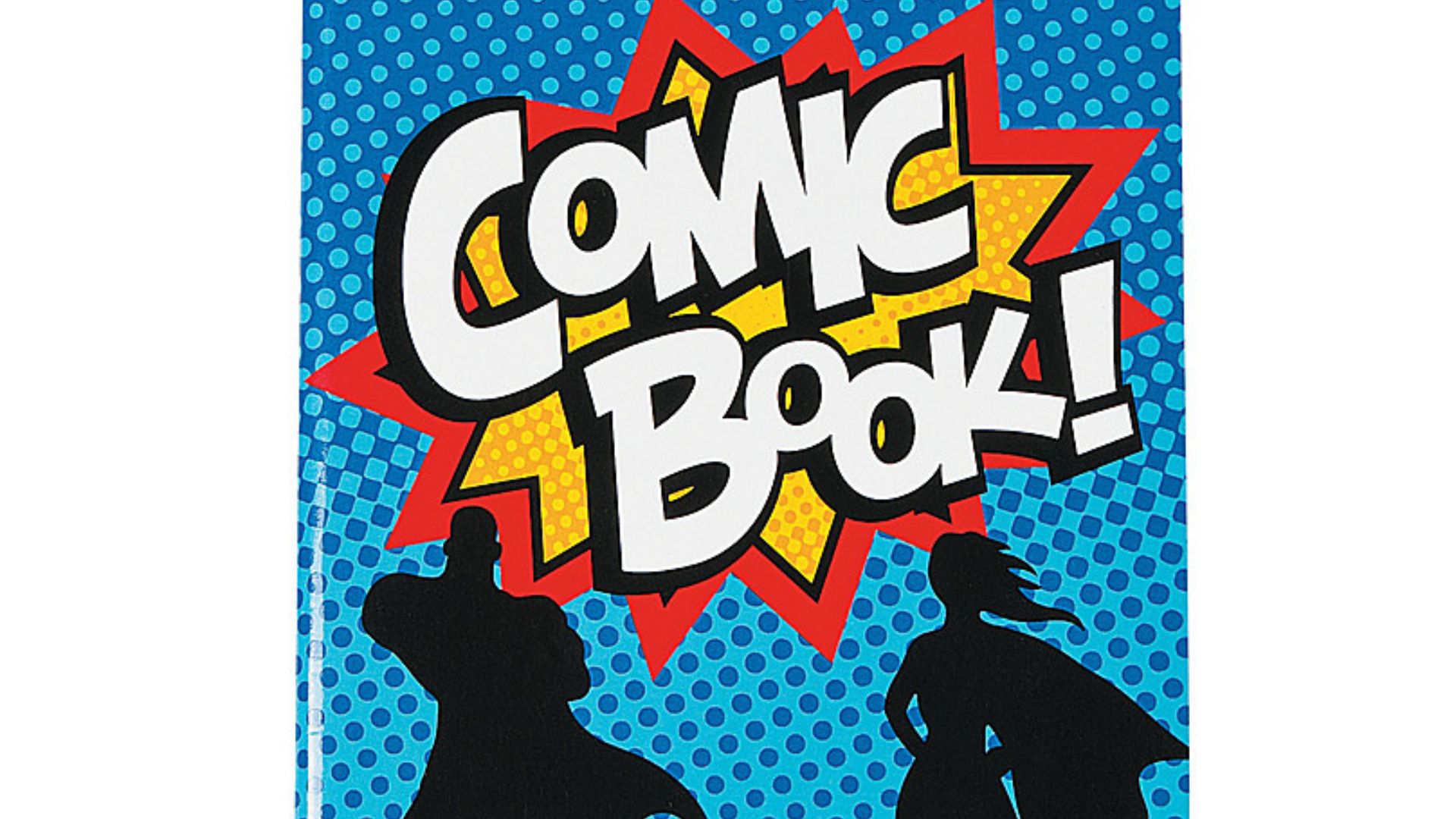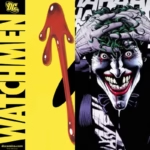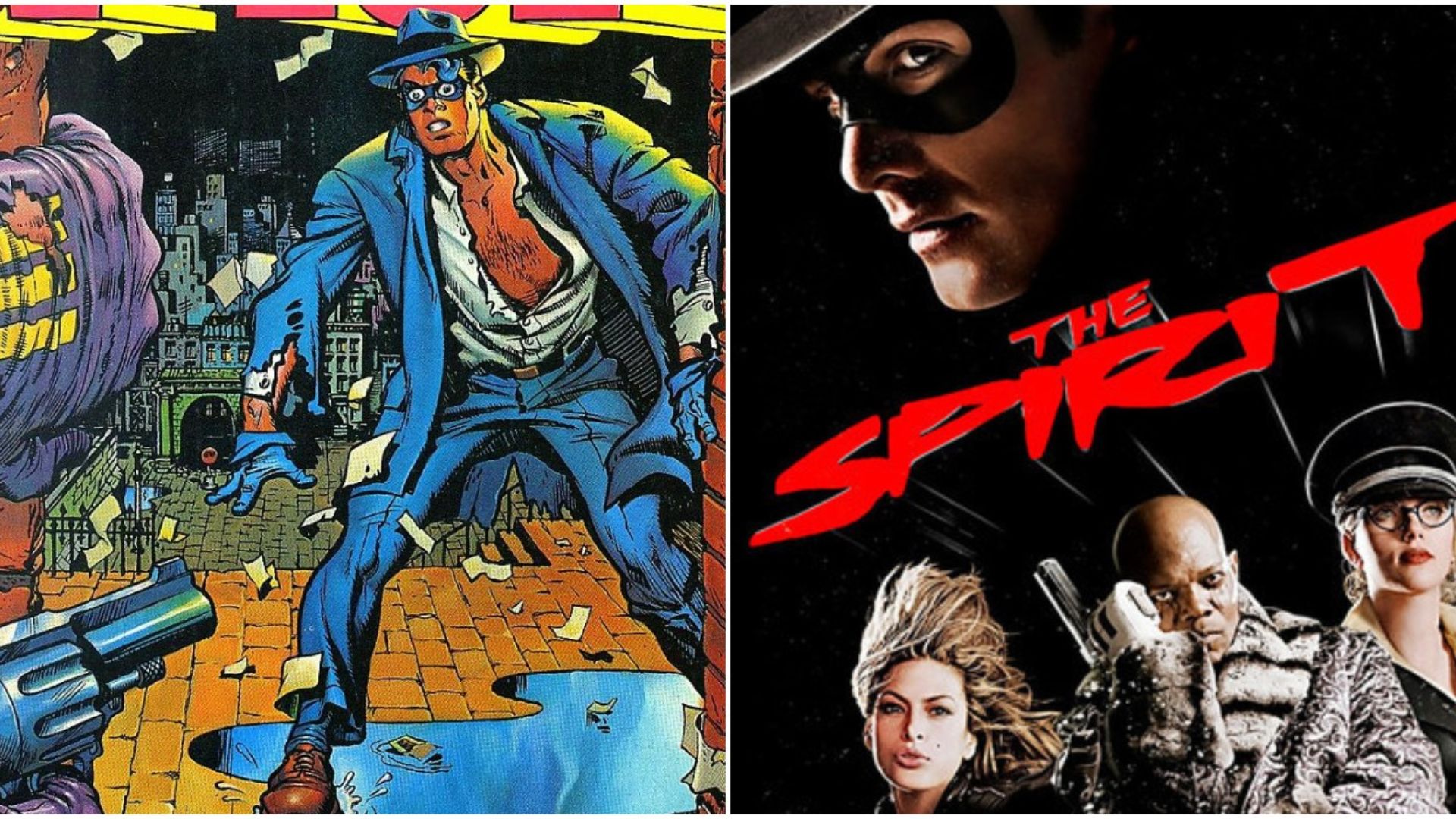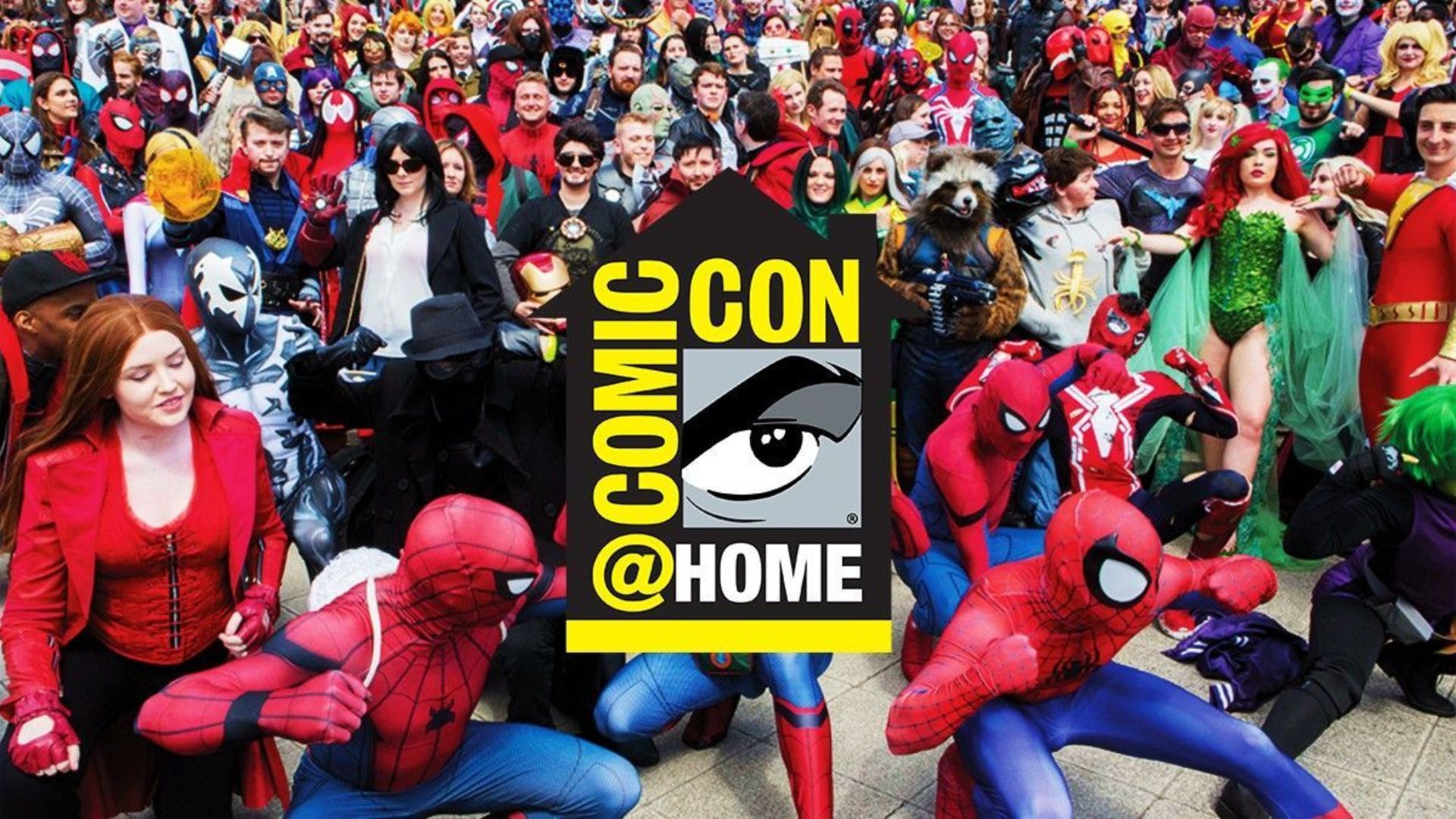Creating your own comic book can be an exciting and rewarding project. Whether you have a unique story idea or want to bring your favorite characters to life, the process of making a comic book allows you to express your creativity and share your vision with the world. In this guide, we’ll walk you through the essential steps on how to create your own comic book, from writing the story to publishing your work.

1. Start With a Solid Comic Book Idea
Before you dive into drawing or writing, it’s important to have a clear idea of what your comic book will be about. Think about the genre, the characters, and the storyline. Is it a superhero comic, a fantasy adventure, a sci-fi thriller, or a slice-of-life story? Start by answering these questions:
- What’s the central conflict? Every good story has a problem that the characters need to solve. This conflict will drive the plot.
- Who are your main characters? What makes them unique? Do they have powers, skills, or a personal journey they need to overcome?
- Where does the story take place? Is your comic set in a real-world city, a fantasy world, or outer space?
- What’s the tone of your comic? Is it lighthearted and fun, or dark and serious? The tone will influence how you approach the art and dialogue.
Once you have these ideas figured out, you can start planning the rest of your comic book.
2. Write the Script for Your Comic Book
Writing a script for your comic book is a crucial step. Unlike traditional novels, comic books combine text with visual storytelling, so your script needs to be detailed and structured. Here’s how to write a comic book script:
- Outline Your Plot: Create a simple outline of your story. Break it down into major scenes or chapters.
- Panel Breakdown: For each page, write a description of the panels. Describe what happens in each panel (e.g., “Panel 1: A superhero stands tall in front of a burning building”).
- Dialogue and Captions: Write the dialogue for the characters and any narration. Keep the text brief and to the point—comics are visual, so the art should tell much of the story.
- Action Descriptions: Be specific about what happens in each panel, but leave room for the artist to add their own creative touches.
The script doesn’t have to be perfect right away. You can always revise it as you go along, but having a clear plan is essential for the next steps.
3. Design Your Characters and World
Creating the visual elements of your comic is one of the most exciting parts. Think about how you want your characters to look and how the world they live in will appear. You don’t need to be a professional artist to start, but here are some tips:
- Character Design: Start by sketching your characters. What are they wearing? What’s their hairstyle? Do they have any distinctive features? A character sheet can help you keep track of these details.
- World Building: If your comic is set in a fictional world, you’ll need to design that world too. Think about the environments—cities, landscapes, and interiors. Will your comic have futuristic technology or magical elements? Keep a consistent style throughout your comic to help the reader immerse themselves in the world you’ve created.
- Style and Tone: The style of your artwork should reflect the tone of your story. For example, if you’re telling a light-hearted adventure, you may want bright, colorful artwork. If your story is darker, a more muted or realistic style may work better.
You can hire an artist to bring your ideas to life or, if you’re confident in your drawing skills, you can illustrate the comic yourself.
4. Start Drawing the Comic Book Pages
Once your script and designs are ready, it’s time to start drawing the pages. The process of drawing a comic book involves several steps:
- Penciling: Start with light pencil sketches of each panel. Focus on getting the layout and composition right. Make sure there’s enough room for the dialogue or captions.
- Inking: Once the pencil sketches are complete, go over them with ink or dark lines. This step makes the drawings bold and ready for coloring. Some artists prefer digital inking, but traditional inking works just as well.
- Lettering: Add the dialogue, captions, and sound effects. The font and placement of the text should match the mood and action of the scene.
- Coloring: If your comic is in color, this step adds vibrancy and depth. Use colors to set the mood—bright, warm colors for happy scenes, and dark, cool colors for tense moments. You can hire a colorist or use digital tools like Photoshop to add color yourself.
If you’re working with an artist, you’ll need to collaborate and provide feedback throughout the drawing process to make sure everything matches your vision.
5. Edit and Revise Your Comic Book
Once your comic book pages are complete, it’s time to review and revise. Editing is important to ensure that the story flows well, the artwork looks polished, and the dialogue is clear. Here’s how to approach the editing process:
- Check for Pacing: Read through your comic to see if the pacing feels right. Does the story move too quickly or too slowly? Are there any scenes that need more development?
- Review Dialogue and Lettering: Make sure the dialogue fits the character’s voice and that the text is easy to read. Ensure that sound effects and captions are placed correctly in the panels.
- Fix Art and Layout Issues: Look for any mistakes in the artwork. Are the characters consistent from panel to panel? Does the background art match the tone of the scene?
This is also the time to get feedback from others. Ask friends or fellow comic book creators to read through your work and give constructive criticism.
6. Publish Your Comic Book
After completing your comic book, you’ll need to decide how you want to publish it. There are two main routes: self-publishing or finding a publisher.
- Self-Publishing: Self-publishing is more accessible than ever. You can print your comic through print-on-demand services like Lulu or ComiXology to sell physical copies or digital versions. You can also promote your comic online through social media platforms or websites like Kickstarter, which allows fans to support your project.
- Traditional Publishing: If you’re aiming for a traditional publisher, you’ll need to submit your comic book to comic publishers. You’ll likely need to send a pitch, a few sample pages, and an outline of the rest of the comic. If accepted, the publisher will handle printing, distribution, and marketing.
Self-publishing is a great way to maintain creative control, but working with a publisher can give your comic book a larger platform.
7. Market Your Comic Book
Once your comic is published, marketing is key to reaching your audience. Here are some tips for promoting your comic:
- Build an Online Presence: Create a website or social media pages dedicated to your comic. Share updates, sneak peeks, and behind-the-scenes content to build excitement.
- Reach Out to Fans: Engage with fans through social media, online forums, and conventions. You can also collaborate with comic book reviewers to get the word out.
- Attend Comic Conventions: Comic cons are a great way to promote your comic in person. You can meet readers, sell copies, and network with other creators.
With strong marketing, your comic book can find its audience and grow in popularity.
Conclusion: Create Your Own Comic Book and Bring Your Ideas to Life
Creating your own comic book is a fun and fulfilling way to share your stories with the world. From crafting your script and designing characters to drawing the pages and publishing your work, the process allows you to bring your creative vision to life. Whether you’re self-publishing or aiming for a traditional publisher, follow these steps and stay committed to the project. Most importantly, have fun with the process—you’re creating something unique and personal. So, grab your pencils, start writing, and begin your comic book journey today!










